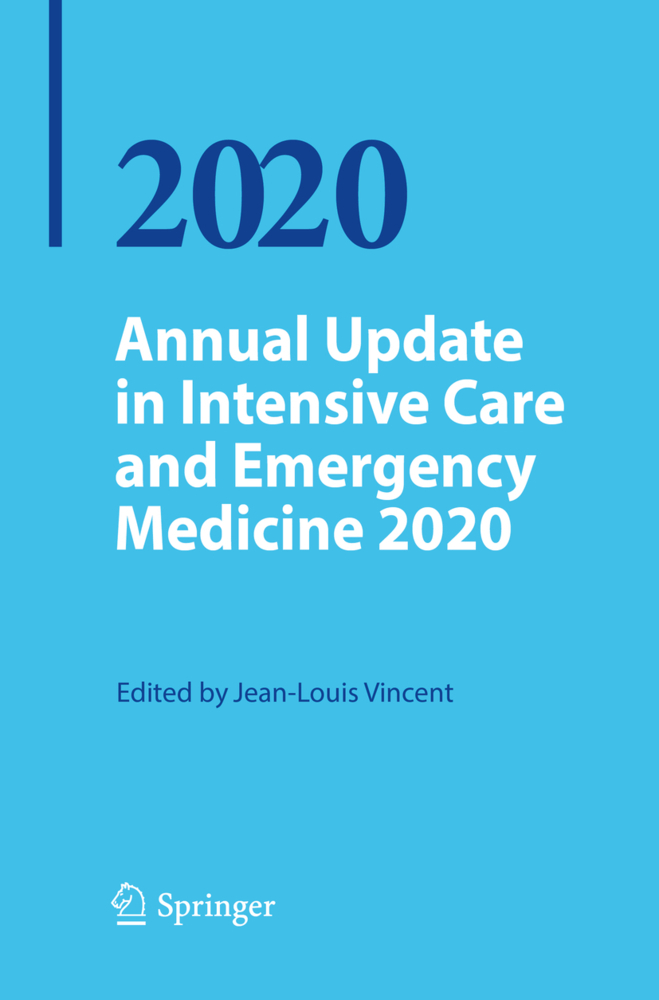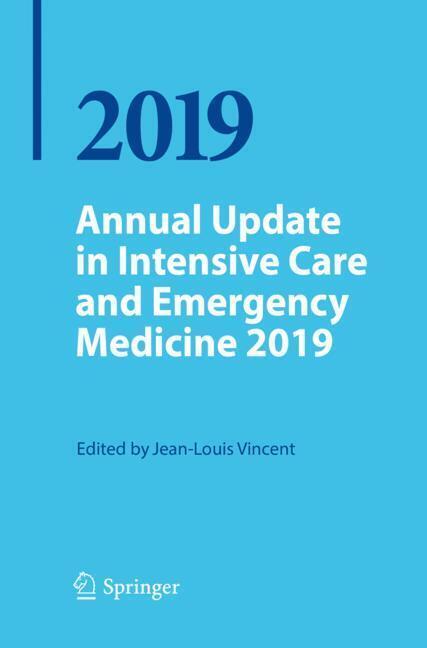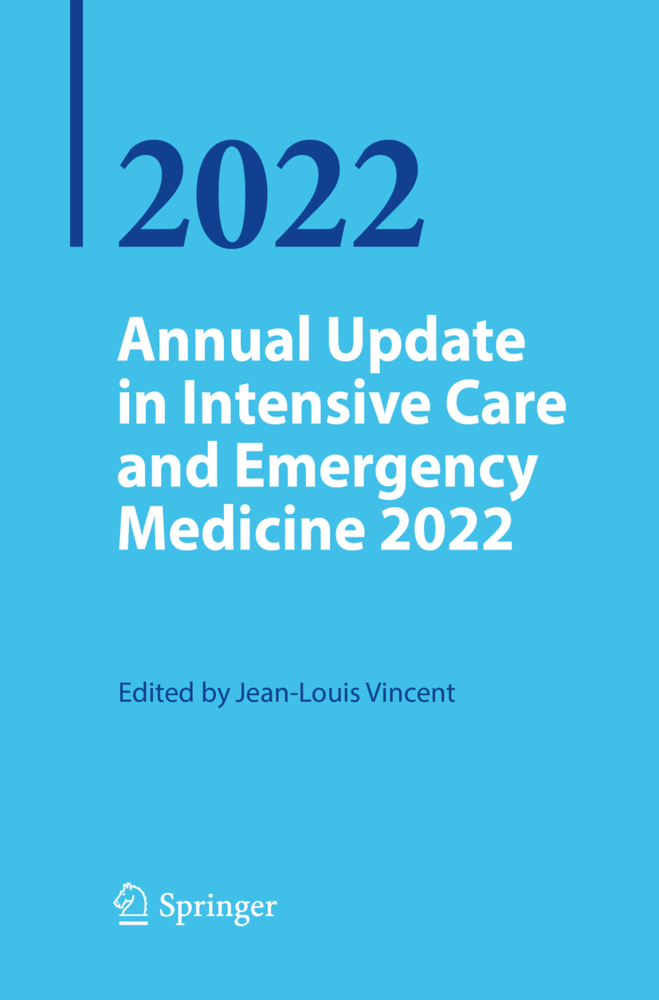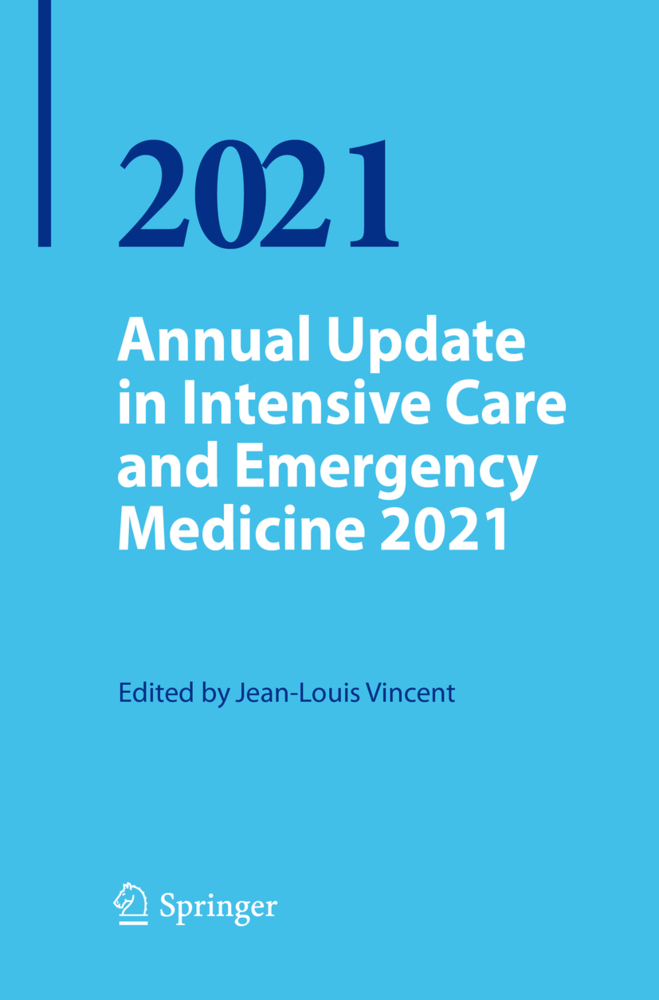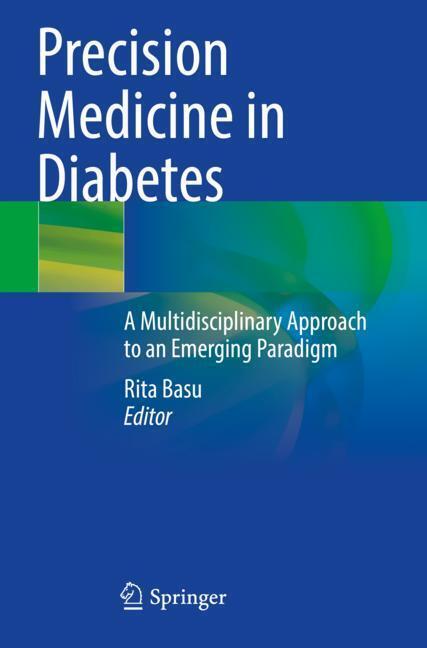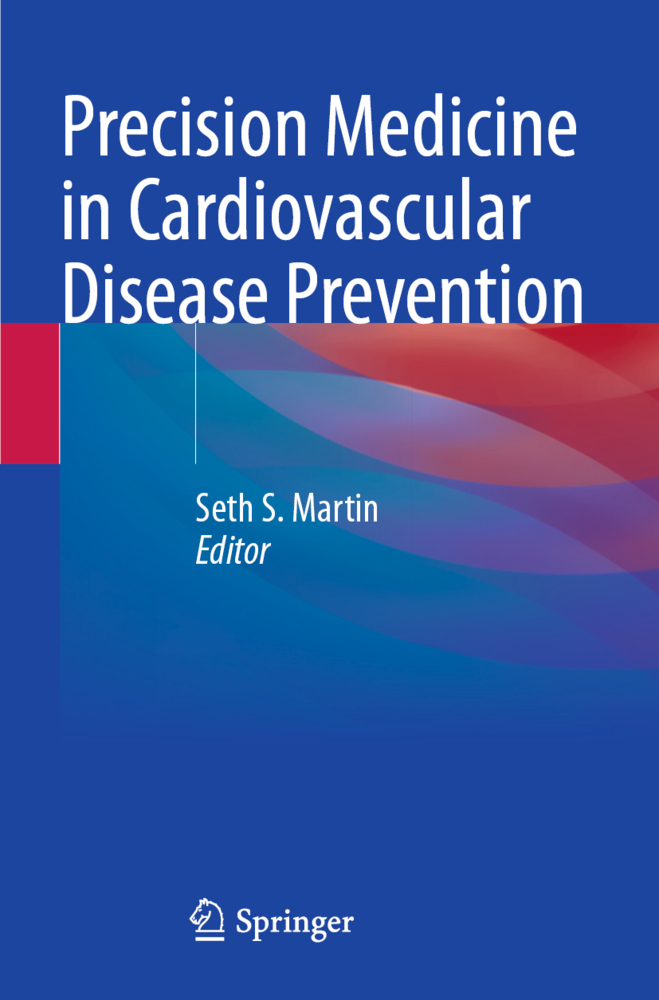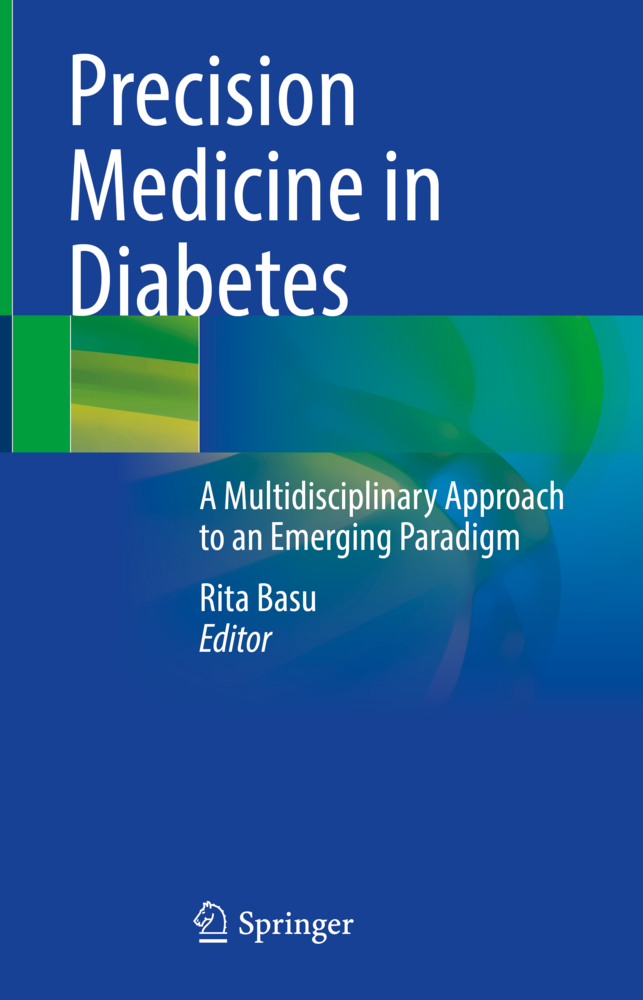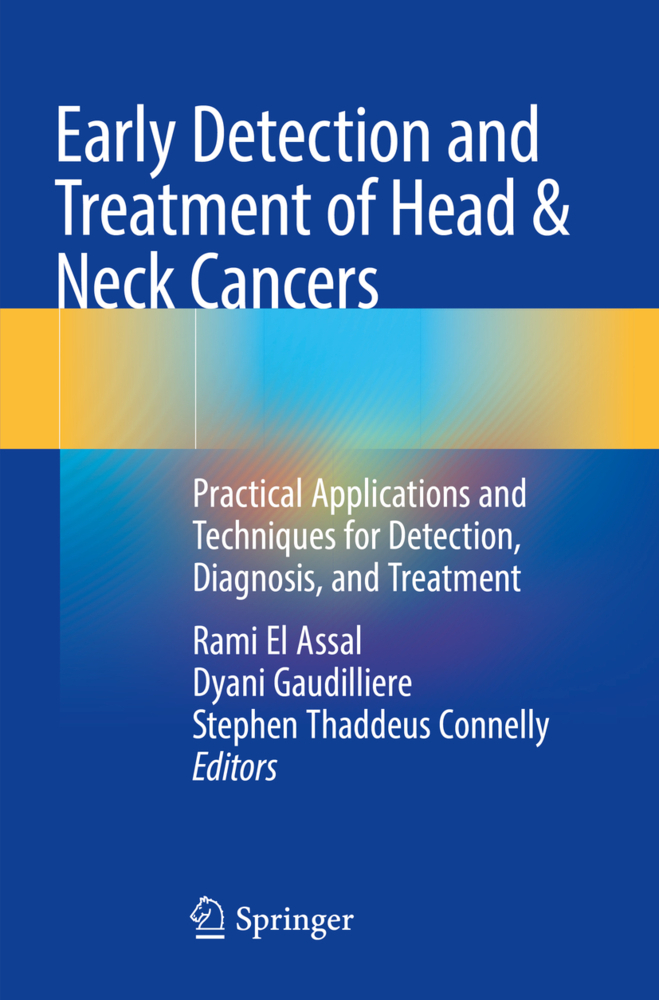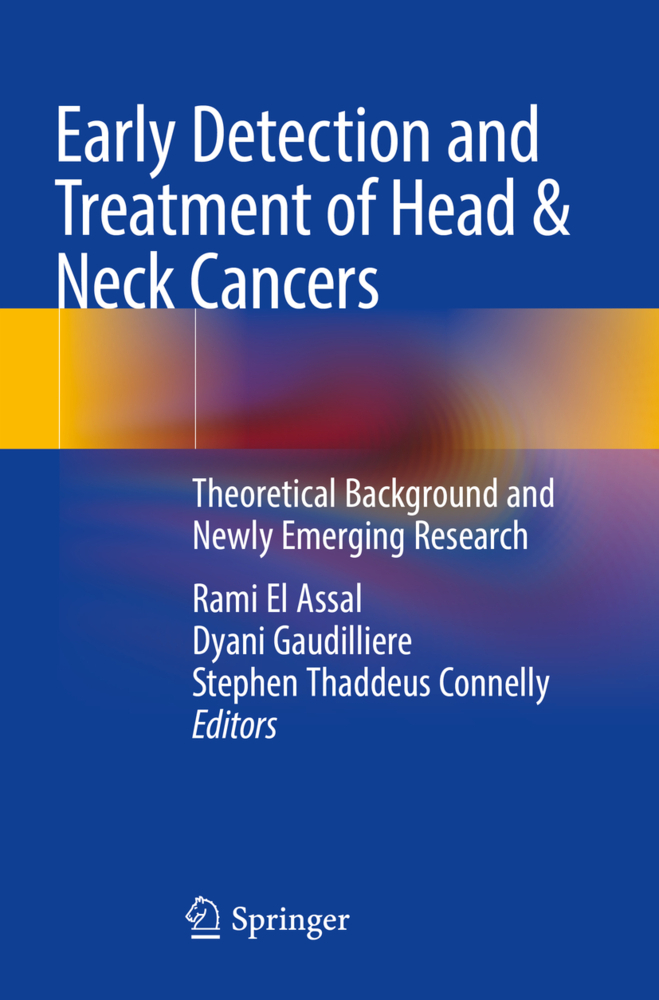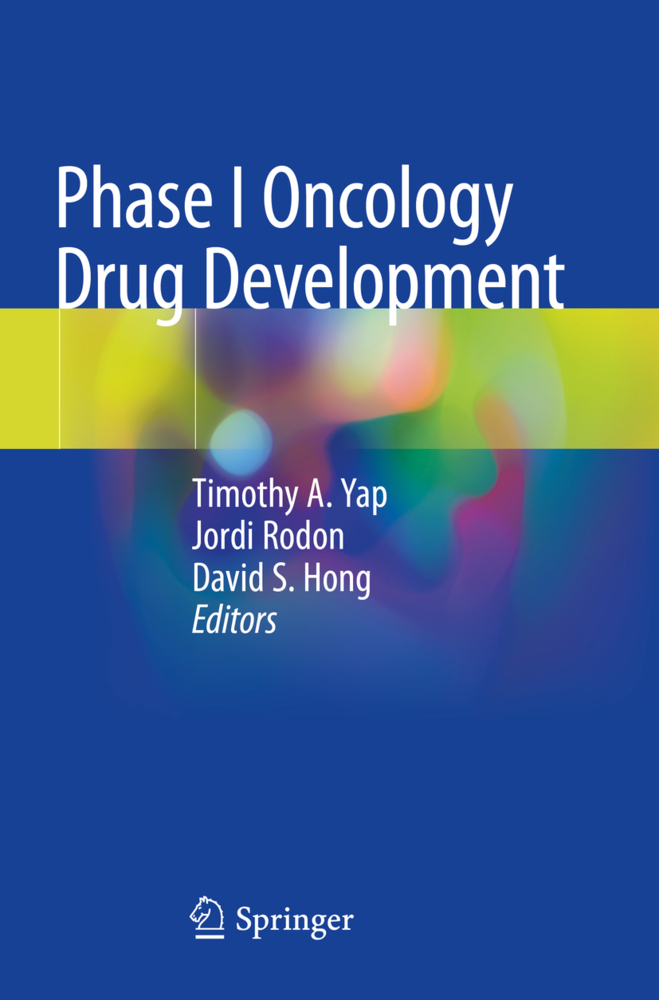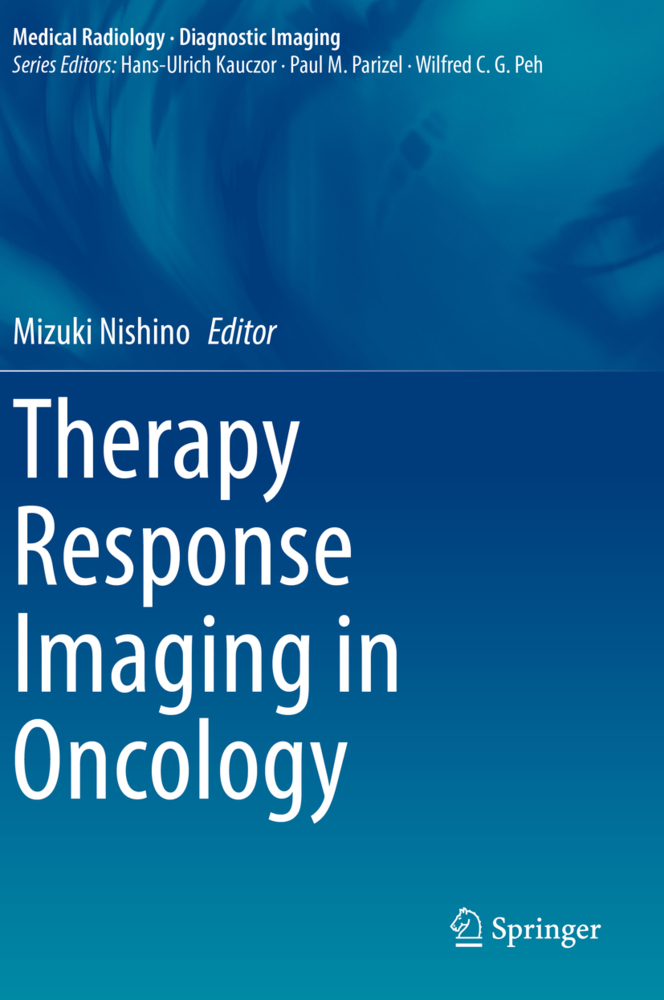Annual Update in Intensive Care and Emergency Medicine 2020
Part I. Respiratory Issues
Physiology of respiratory drive in ICU patients: implications for diagnosis and treatment.-Monitoring patient respiratory effort during mechanical ventilation: lung and diaphragm-protective ventilation
Ten reasons to use mechanical power to guide ventilator settings in patients without ARDS
Part II. ARDS
Extracellular vesicles in ARDS: new insights into pathogenesis with novel clinical applications.-ARDS subphenotypes: understanding a heterogeneous syndrome
Assessment of VILI risk during spontaneous breathing and assisted mechanical ventilation
Part III. Biomarkers
The future of ARDS biomarkers: where are the gaps in implementation of precision medicine?
Utility of inflammatory biomarkers for predicting organ failure and outcomes in cardiac arrest patients
Troponin elevations after cardiac surgery: just 'troponitis'?
Biomarkers of sepsis during continuous renal replacement therapy: have we found the appropriate biomarker to use in thissituation?
Part IV. Fluids
Do intensivists need to care about the revised Starling principle?
Right ventricular dysfunction and fluid administration in critically ill patients.-Intravenous fluids: don't drown in confusion!
Part V. Hemodynamic Management
Update in right ventricular hemodynamic, echocardiographic and extra-cardiac ultrasound monitoring
Management of hypotension: implications for non-cardiac surgery and the intensive care
Heterogeneity of cardiovascular response to standardized sepsis resuscitation
Part VI. The Microcirculation
Clinical relevance of the endothelial glycocalyx in critically ill patients
Customized monitoring of the microcirculation in patients with a left ventricular assist device
Monitoring pf the sublingual microcirculation at the bedside: yes, it is possible and useful
Microcirculation in patients with sepsis: from physiology to interventions
Part VII. Sepsis
Macrophage activation syndrome in sepsis: does it exist and how torecognize it?
Is T cell exhaustion a treatable trait in sepsis?
Cell-free hemoglobin: a new therapeutic target in sepsis?
Therapeutic potential of the gut microbiota in the management of sepsis
Part VIII. Bleeding & Transfusion
Blood transfusion practice during extracorporeal membrane oxygenation: rationale and modern approaches to management
The use of frozen platelets for the treatment of bleeding
Viscoelastic assay-guided hemostatic therapy in perioperative and critical care.-Extracorporeal filter and circuit patency: a personalized approach to anticoagulation
Part IX. Prehospital Intervention
Prehospital resuscitation with low titer O+ whole blood by civilian EMS teams: rationale and evolving strategies for use
Mobile stroke units: taking the emergency room to the patient
Part X. Trauma
Evaluating quality in trauma systems
Vasopressors for post-traumatic hemorrhagic shock: friends or foes?
Extracranial tsunami after traumatic brain injury
Part XI. Neurological Aspects
Ten false beliefs about mechanical ventilation in brain injured patients
Manifestations of critical illness brain injury
Essential non-invasive multimodality neuromonitoring for the critically ill patient
Part XII. Organ Donation
Brain death after cardiac arrest: pathophysiology, prevalence and potential for organ donation
Organ recovery procedure in donation after controlled circulatory death with normothermic regional perfusion: state of the art
Part XIII. Oncology
Admitting adult critically ill patients with hematological malignancies to the ICU: a Sisyphean task or work in progress?
Onco-nephrology: acute kidney injury in critically ill cancer patients
Part XIV. Severe Complications
A clinician's guide to management of intraabdominal hypertension and abdominal compartment syndrome in critically ill patients
Update on the management of iatrogenic gas embolism.- Alcohol withdrawal syndrome in the ICU: preventing rather than treating?
Par
Vincent, Jean-Louis
| ISBN | 978-3-030-37322-1 |
|---|---|
| Medientyp | Buch |
| Copyrightjahr | 2020 |
| Verlag | Springer, Berlin |
| Umfang | XI, 689 Seiten |
| Sprache | Englisch |

